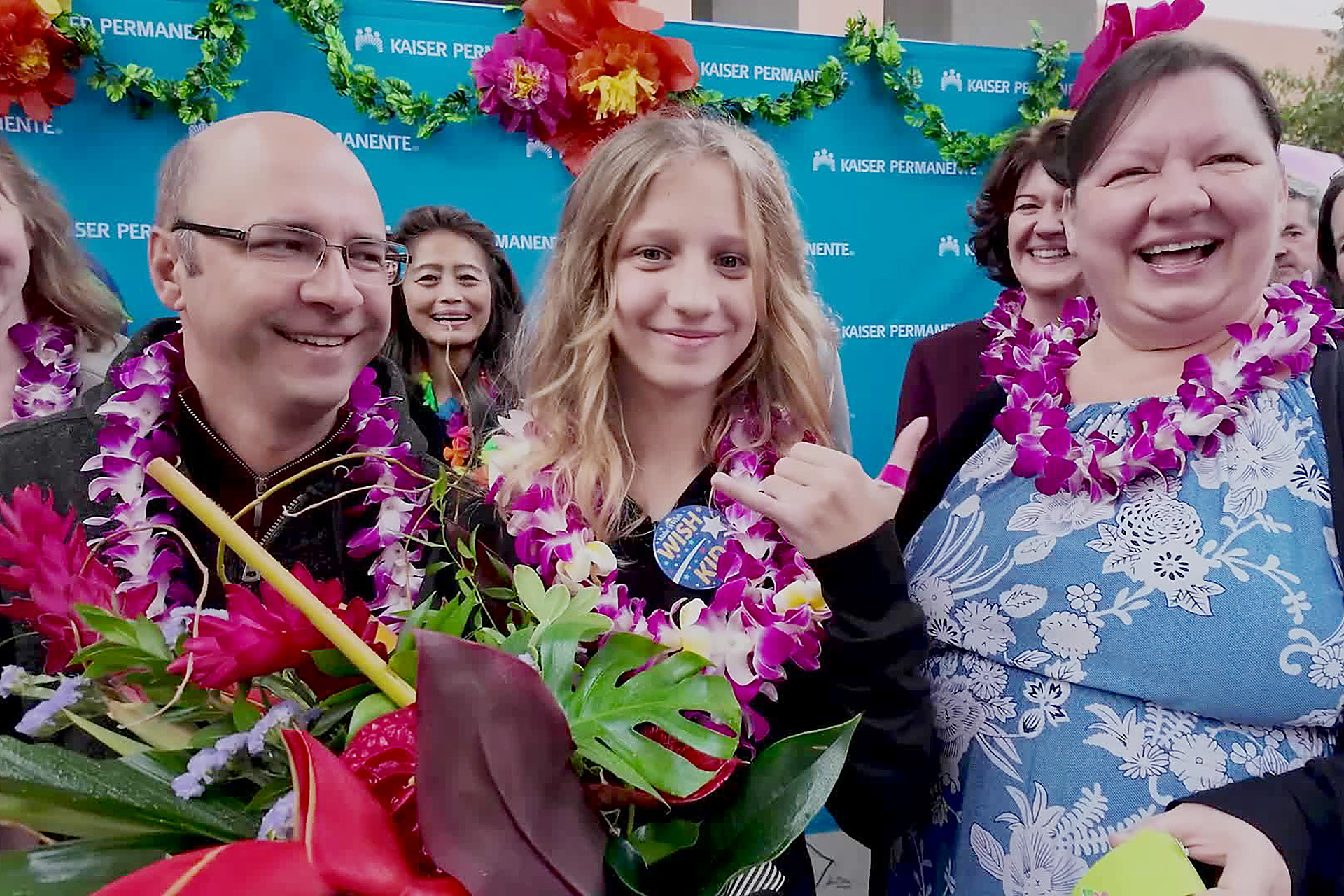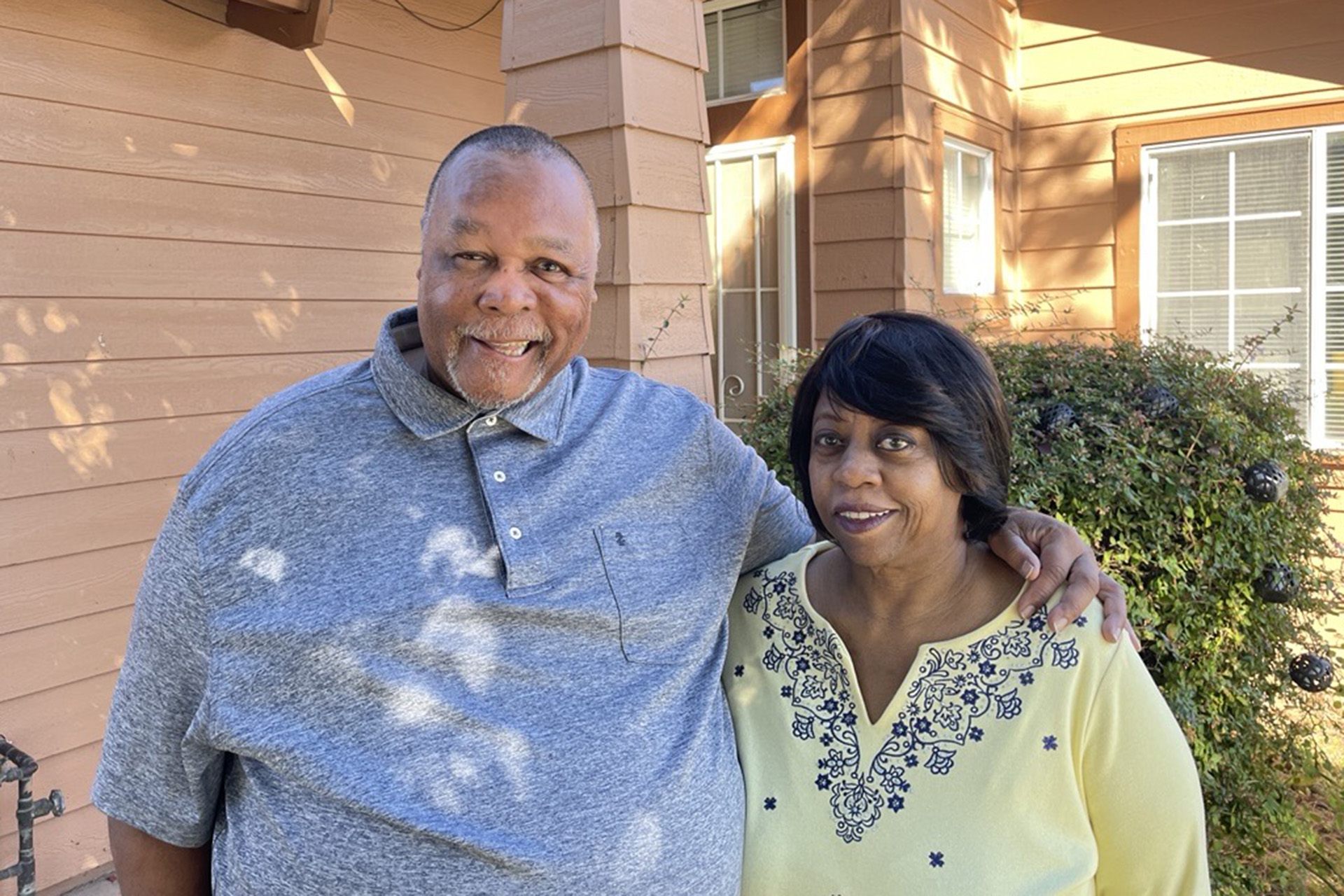As the heat sets in across Northern California many families look forward to enjoying more time in the water, including in their own backyard pools or those owned by family and friends.
Sadly, backyard pools and spas are where many drowning deaths occur in children under the age of 5.

Carmen Carazo Gonzalez, MD, a pediatrician at Kaiser Permanente in Elk Grove, near Sacramento, discusses some of the main causes of childhood drownings and what we can all do to help prevent these tragic incidents.
How common is childhood drowning in the U.S.?
Drowning is the single leading cause of death for children ages 1 to 4 and the second leading cause of injury-related death for children up to age 14. Drowning is preventable. It can happen in as little as 1 inch of water and within 30 seconds. In the United States, there are 4,012 unintentional drowning deaths per year on average. This equals to about 11 fatal drownings per day.
Native American and Black children drown at disproportionately higher rates than white children. In swimming pools, Black children ages 10 to 14 years drown at rates 7.6 times higher than white children.
How and where do drownings happen?
The scary thing about drowning is that it can happen quickly and silently. Most children who drown are out of sight for less than 5 minutes.
While most preschool-aged children drown in swimming pools, most infant drownings occur in bathtubs and buckets. Nearly 60% of children between the ages of 5 and 14 who drowned knew how to swim. Nearly 90% of child drownings took place when at least one adult was present, and 70% occur during non-swimming time.
Do you recommend swimming lessons?
Yes, research shows that swim lessons are beneficial. Every adult and child should learn how to swim. The American Academy of Pediatrics recommends starting swim lessons as early as one year of age. Children should know how to float, control their breathing, not panic, and swim a distance.
Besides pools, what are the other drowning hazards?
Children are very curious. Drownings can happen any time a child is left unsupervised and has access to lakes, rivers, and ocean or to any standing water such as in hot tubs, spas, bathtubs, buckets, and toilets.
How can pools be made safe for children?
- Every pool should have a fence that surrounds all four sides, especially the side that separates the house from the pool. The fence should be non-climbable, at least 4 feet high, and be self-closing and self-latching.
- Install alarms on house doors and around pool areas.
- Pool covers and alarms add an extra layer of protection but are not substitutes for fencing and active adult supervision.
- Remove toys and ladders from swimming pools when not in use.
- Children should wear bright colored swimsuits.
- If a child is missing, always check the water first.
Are flotation devices adequate to prevent drowning?
Inflatable flotation devices such as vests, water wings, rafts, and tubes can give a false sense of security and are not effective protection from drowning. Never use these as a substitute for constant adult supervision. Puddle Jumpers, a flotation device, teach children to be vertical and can increase the risk of drowning if a child falls in the water without them.
However, life jackets are necessary. They can protect children when they are not expected to be in the water, especially around natural water and when boating. The device should fit properly (not too loose) and should be properly strapped and belted. Ensure your life jackets are tested and approved by the U.S. Coast Guard.
What are the signs of a child in danger of drowning?
Unlike widespread belief, most people who are drowning do not flap their arms, splash, and scream for help.
Watch out for these signs of drowning:
- Silence
- Head low in the water with mouth at water level
- Head tilted back with mouth open
- Eyes closed or glassy, empty, and unable to focus
- Hair over the face
- Vertical position and not using legs
- Hyperventilating or gasping
- Trying to swim in a particular direction but not making progress
- Trying to roll over on the back
- Appearing as if climbing an invisible ladder
What should a person do if a child is unresponsive?
Immediately call for help and have someone call 911. CPR should be started as soon as the child is pulled out of the water. Many organizations such as the American Red Cross and the American Heart Association offer CPR training courses, both online and in-person.
How can we learn more about water safety?
To keep swimming fun and safe this summer, learn more about childhood drowning prevention from the following online resources:




